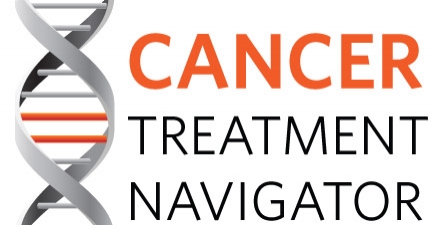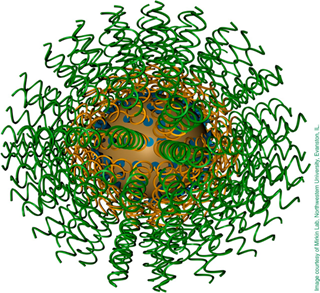Rapid advancements in surgical and medical treatment options often lead to overtreating early stage, low risk patients with localized prostate cancer that could benefit from watchful waiting. The Cancer Treatment Navigator (CTN) team provides second opinions about optimal treatment for the patient based on their stage and specific cancer type. CTN also informs about potential side effects that might compromise the patient’s quality of life. Caution toward overtreatment is as much of a concern for us as undertreatment. In support of our ideals, we would like to highlight a recent article in USA today that discusses Treatment Decision Regret Among Long-Term Survivors of Localized Prostate Cancer. This article presents an interesting facet of “patient satisfaction” survey outcomes providing confounding evidence in favor of overtreating.
According to patient questionnaires, men with early stage, low-risk prostate cancer, who could have opted for active surveillance or "watchful waiting," appear to be satisfied with the more-aggressive treatments they've chosen. Yet, privately, many men complain to their doctors of persistent side effects such as urinary incontinence and erectile dysfunction following surgery or radiation. Dr. Claus Roehrborn, a professor and chairman of the department of urology at UT Southwestern Medical Center in Dallas says it is important for men making these choices to truly understand what to expect. He suggests, Urologists and other specialists shouldn't rely too heavily on superficial survey results from patient questionnaires, as digging a little deeper might reveal a more conflicted response. Additionally, Dr. Michael Leapman, an assistant professor of urology at Yale School of Medicine in New Haven, Connecticut, warns about marketing pushes for new technology raising patient expectations high. He mentions, 90 percent of prostate surgery performed in the U.S. now is robotic rather than open surgery. Immediate surgical outcomes – less blood loss and shorter hospital stays – appear to be better for robotic-surgery patients. However, the data don't really show improved long-term results in cancer outcomes or sexual function.
A new study in the July issue of the Journal of Clinical Oncology tracked long-term survivors of localized prostate cancer for up to 15 years. Men who were monitored but didn't undergo radiation or surgery were less likely to report regret than those who underwent active treatment.
CTN works directly with patients and their specialists through the entire process of reviewing medical history, details of diagnosis and identification of the best treatment option. Our personalized services help patients sort through the dilemma of undertreating or overtreating and understand their choices clearly. CTN is not affiliated with any drug development or surgical device company. We leverage our scientific expertise and experience toward unbiased opinions and recommendations for the patient.


